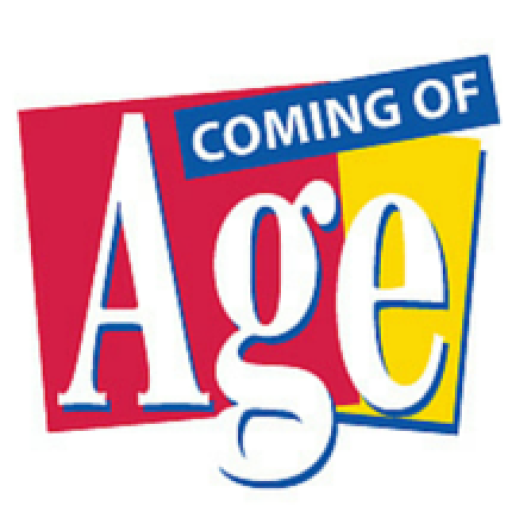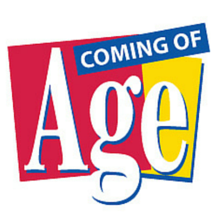THE VALUE OF SOCIALIZATION FOR OLDER ADULTS
By Bob Blancato
Over my nearly 40 years of working at the national level on aging policy, I have been most closely involved in the Older Americans Act (OAA) and its three nutrition programs. For the past year, I have had the unique opportunity to focus on one of the core elements of this program, which has not been fully evaluated or appreciated: the value of the socialization the program provides to the older adults who participate.
The OAA says its nutrition programs are to provide a meal, nutrition education and a socialization opportunity. Yet, only recently have we sought to examine the importance of socialization and: (1) its positive impact on the health and well-being of older adults; and (2) how it helps to combat isolation and loneliness.
I am pleased, as Executive Director of the National Association of Nutrition and Aging Services Programs, to be involved in a grant funded by the Retirement Research Foundation examining the significance of socialization. A part of our work has included a survey distributed to 15 nutrition program directors and 2,305 participants asking them relevant questions on the subject.
This project has afforded me the opportunity to talk directly to 250+ older adults in five states to hear their stories regarding the importance of the nutrition program. More than 95 percent of those I sat and talked with said that it was the socialization opportunity that was the main reason they came to the program: meeting new people or making stronger ties with existing friends. It was about becoming a volunteer at the program, and, for many, the opportunity to get out of their homes each day for a purpose. And yes, for some, it was the one time a day they could get together and gossip.
We wanted to undertake this project to make an important case to Congress and the Administration. Supporting the OAA nutrition programs is a good investment from several perspectives; it contributes to older adults being able to remain independent, either getting meals at a congregate site or having meals delivered to those at home. It also saves millions of dollars each year in Medicaid and Medicare costs because these older adults are not getting these meals in costlier hospitals and nursing homes. We spend less than $1 billion each year on these nutrition programs. The annual spending for Medicaid is approximately $545 billion.
America is “coming of age.” It is a reality we have known, but have not sufficiently prepared for. Yet the future is about more than just a meal. It is showing the linkage between good nutrition and health, and the difference between an expenditure of federal dollars and a sound investment in the future.
I expect to meet with a few hundred older adults in upcoming months. Their experiences will tell a powerful story that should resonate on a bi-partisan basis in Washington. Support the OAA nutrition programs: they work, and these are dollars that are well-spent and spent well.
In addition to being Executive Director of the National Association of Nutrition and Aging Services Programs, Bob Blancato is Chair of the American Society on Aging and a Board member of the National Council on Aging. He is President of Matz, Blancato and Associates and is a contributing blogger to the Huffington Post and Next Avenue, writing on aging issues.

